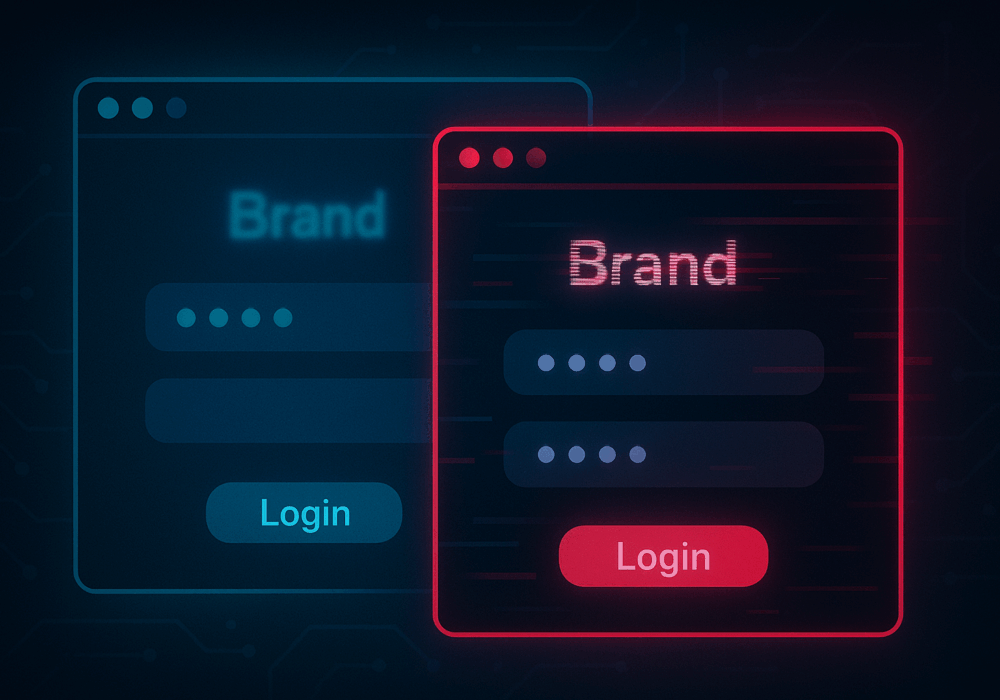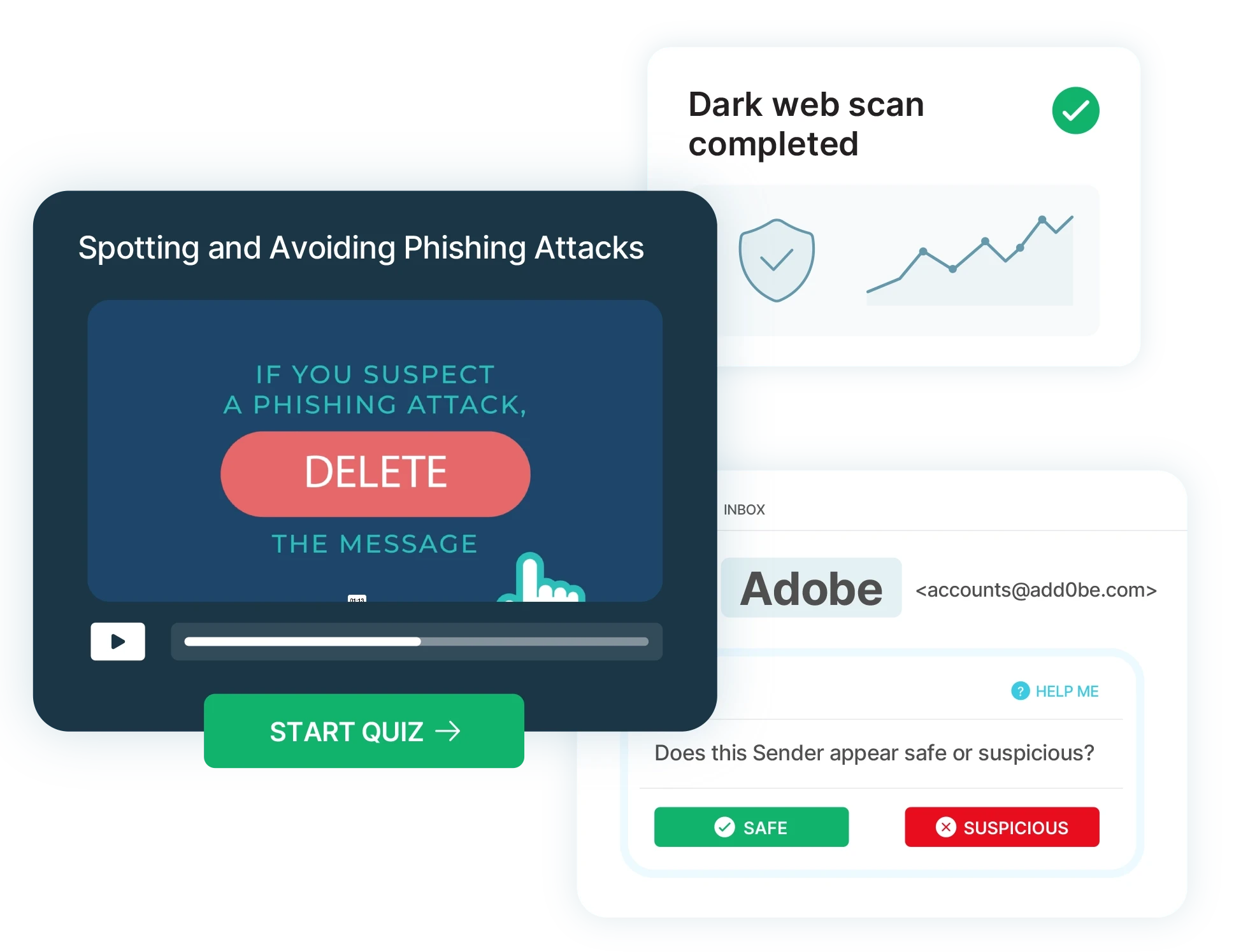Privileged Access Management (PAM) is a cybersecurity framework and set of tools designed to secure, manage, and monitor access to critical systems by privileged accounts. These accounts include IT admins, service accounts, and application accounts that have elevated rights to make system-wide changes. Because they hold the “keys to the kingdom,” privileged accounts are prime targets for attackers.
PAM solutions help by:
For small and midsize businesses (SMBs), PAM is about reducing risk without adding complexity.
Managed Service Providers (MSPs) face even greater risks:
In short:
For MSPs, PAM means protecting not only their own systems but also every client they serve, reducing risk at scale and strengthening customer trust.lts, and enabling disk/database encryption, to protect client environments and their own business.
For SMBs, PAM means affordable protection against one of the top breach risks: stolen admin credentials.
Additional Reading:
CyberHoot does have some other resources available for your use. Below are links to all of our resources, feel free to check them out whenever you like:
Discover and share the latest cybersecurity trends, tips and best practices – alongside new threats to watch out for.

In cybersecurity, not all attacks happen through fancy malware or zero-day exploits. Some of the most effective...
Read moreGet sharper eyes on human risks, with the positive approach that beats traditional phish testing.
